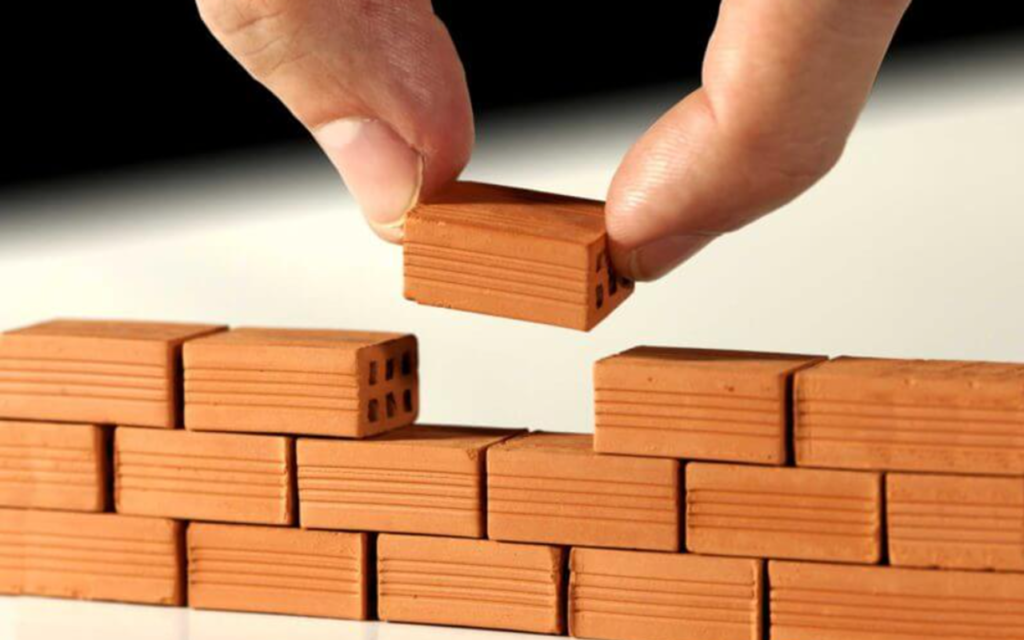
The trend in the precast concrete industry is increasingly towards slender and resource-optimized components. One reason for this is the growing awareness of sustainable concrete construction and the demand for CO2 savings across the various industry sectors involved. This trend is forcing us to rethink, not only in terms of material selection, but also in the design and construction of concrete members. In the future, precast concrete manufacturers will increasingly have to consider alternative component solutions in order to remain competitive. An approach that can assist with these matters is the use of fibre reinforcement because fibres can be used either as a complete replacement or as part of a hybrid solution, i.e., in combination with conventional reinforcement. Wherever steel reinforcing bars or mesh reinforcement do not efficiently meet the requirements for the load-bearing behaviour of concrete components, fibres can provide the method of choice. Used correctly, fibres improve the mechanical properties of concrete and enable material savings. The improvement of production processes related to preparatory work and installation is another advantage of fibre reinforcement. In April this year, the Bilstein Group from Hagen in Germany, a global leader in cold-rolled special steels, for example for the automotive and saw/tool manufacturing industries, launched a new steel fibre type on the market. The innovative design holds the promise of an efficient and particularly sustainable reinforcement solution for the precast concrete industry.




